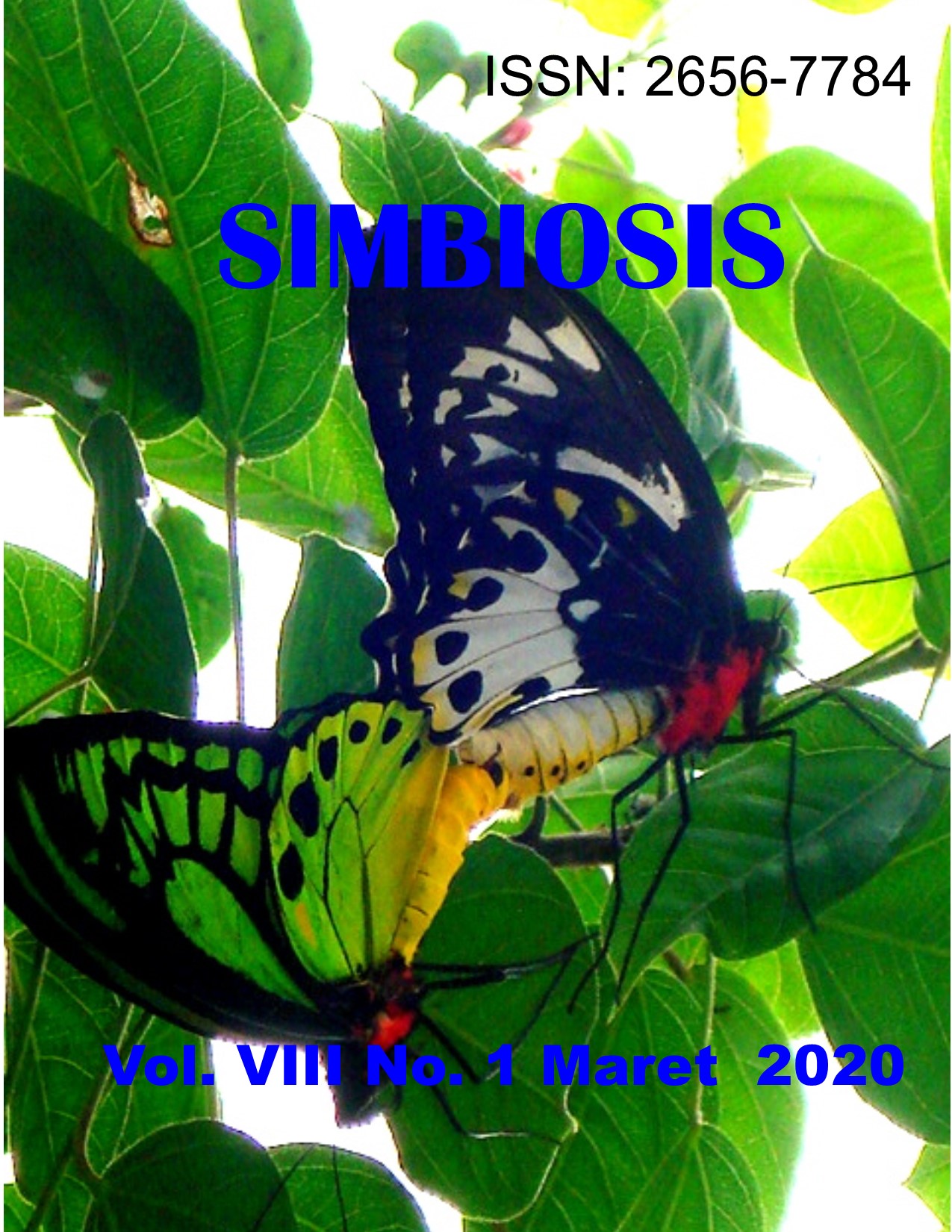BIODEGRADASI LIMBAH KULIT BUAH KAKAO (Theobroma cacao L.) OLEH KAPANG Aspergillus niger DENGAN VARIASI JUMLAH INOKULUM DAN WAKTU INKUBASI
Abstract
Crop waste or cacao (Theobroma cacao L.) processing waste that doesn’t handle with care can polluting the environment around the farm. Rind of cacao can be used for composting, but it can be less effective because the nutrient of fresh cacao rind too complex and the ratio of C/N too high. This research intention to knows the potential of Aspergillus niger to degrade cellulose on waste cacao rind who have high ratio of C/N, with combination inoculum concentration and incubation time. The methods of this research begin with isolation and identification of A. niger from litter of cacao field, then the in vitro test done by CMCA (Carboxyl Methyl Cellulose Agar) selective media, and then the cacao rind was testing by in vivo method. The results of this research shown that A. niger can degrade cellulose by in vitro ways, it can be seen by the clear zone that formed on CMCA selective media. The in vivo test on cacao rind shown decreasing of C/N ratio between 18,940%-40,623%. Combination of A3B3 treatment (15 mL inoculum concentration, 28 days incubation time) indicate the lowest C/N ratio 18,940%.
Downloads

This work is licensed under a Creative Commons Attribution 4.0 International License.










